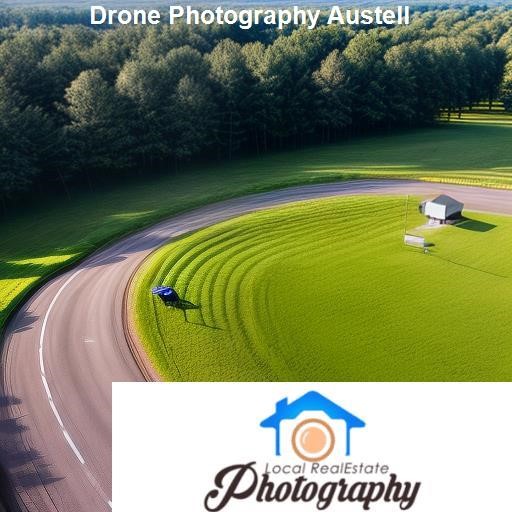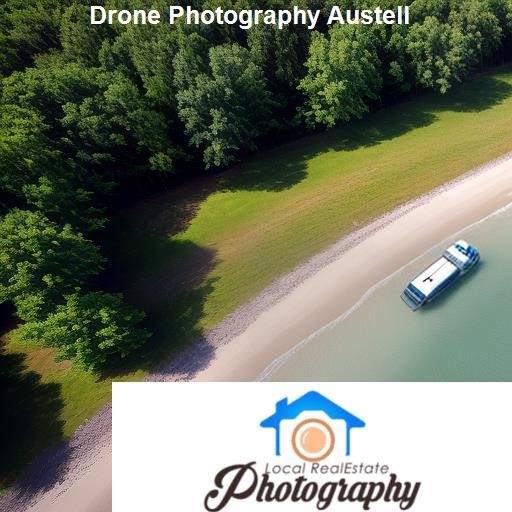Drone photography involves capturing breathtaking aerial images and videos that were previously unattainable through traditional photography methods. Drones offer unparalleled mobility, allowing us to capture stunning visuals from unique angles and heights. This has made drone photography increasingly popular across various industries, including real estate, film, and construction. According to a report by Drone Industry Insights, the drone market is expected to reach $43.1 billion by 2024.
One of the most significant benefits of drone photography is its ability to capture stunning images of properties and landscapes from a unique perspective. This is particularly useful in real estate photography, where drone shots can showcase the property's size, location, and features in ways that traditional photography cannot. These images can be used to create virtual tours, marketing materials, and more, all of which can help to sell properties faster and at higher prices.
However, drone photography is not limited to real estate. It can also be used in construction to monitor progress and identify potential issues, in filmmaking to capture stunning action shots, and in agriculture to monitor crops and identify potential issues. The possibilities are endless, and as the drone industry continues to grow, we can expect to see even more exciting applications for drone photography in the years to come.
What Cameras are Used in Drone Photography?
When it comes to capturing high-quality images or videos with a drone, the type of camera used plays a crucial role. Most drone cameras have high-resolution capabilities ranging from 12-20 megapixels, with some even featuring cameras with up to 48-megapixel resolution. This allows for clear and detailed images to be captured even from high altitudes.
One important aspect to consider when selecting a drone camera is its ability to shoot in RAW format. This provides greater flexibility for post-processing and editing, which is especially important for professional photographers who require precise adjustments to color, contrast, and exposure.
In addition to the camera's resolution and shooting capabilities, the lens used is also critical in drone photography. Wide-angle lenses are commonly used for capturing panoramic views and landscapes, while telephoto lenses are ideal for capturing close-up shots of subjects such as buildings or people.
Ultimately, the camera and lens used for drone photography will depend on the specific needs of the project. Our team of professionals at LocalRealEstatePhotography.com have extensive experience in selecting the best camera and settings for each project. This ensures that high-quality images and videos are produced, exceeding the expectations of our clients.
What Types of Drone Photography are There?
The realm of drone photography offers boundless potential for capturing stunning visuals. Over the years, aerial photography has gained tremendous popularity, with drones being employed for a variety of purposes ranging from real estate marketing to wedding photography. There are numerous types of drone photography, each catering to distinct objectives.
One of the most favored genres is real estate photography, which entails capturing aerial videos and photos of properties, providing a bird's eye view of the estate and its surroundings. According to a survey conducted by the National Association of Realtors, 73% of homeowners prefer working with agents who use drone photography to market their properties.
Another category of drone photography is construction photography. Drones are utilized to capture images and videos of construction sites, facilitating better monitoring of the progress and detection of potential issues. This can ultimately lead to significant cost and time savings.
Lastly, event photography can also benefit from drones. By capturing stunning aerial shots of concerts, festivals, and other events, drones can offer a unique perspective, capturing the essence of the event in a way that traditional photography cannot.
Overall, drone photography has transformed the way we perceive and capture images and videos. With its versatility and limitless possibilities, it is no wonder that it has emerged as a popular tool among photographers and videographers.




